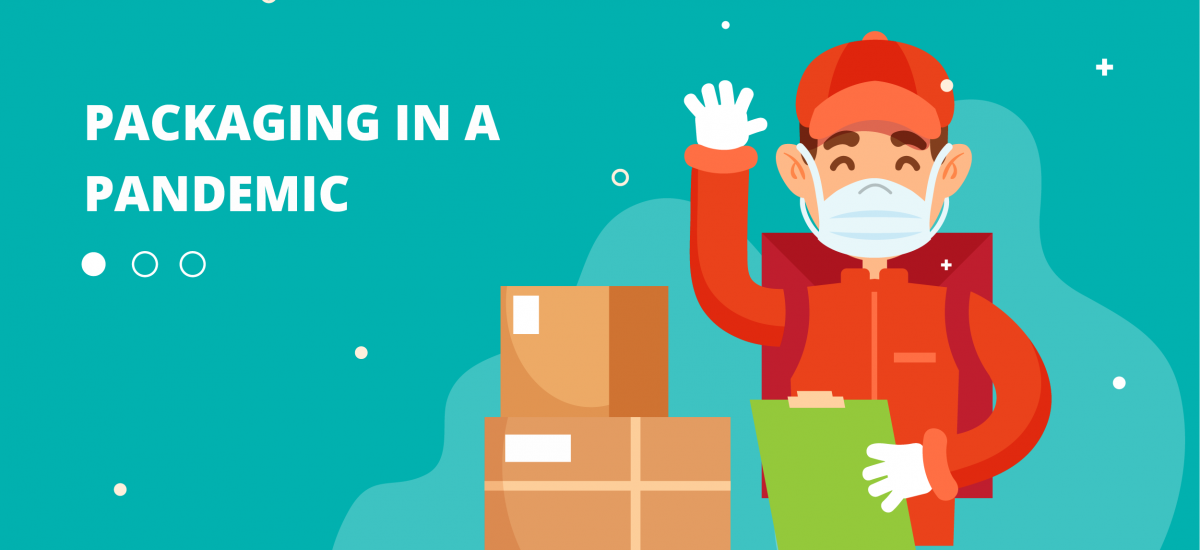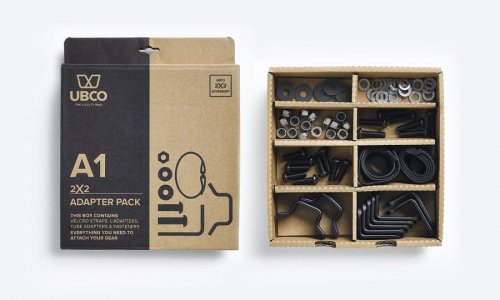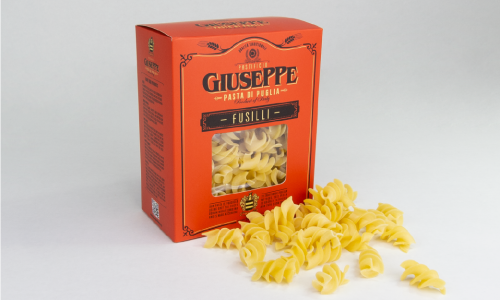
We all know that unfortunately, the COVID-19 crisis has directly or indirectly affected us all across the world in some or other way. Particularly in the packaging industry, there are trends that have arose, which were unprecedented, just like the virus.
The immediate demand shocks to the packaging industry were less drastic than for sectors such as travel and hospitality, but there was seen to be substantial changes in several areas such as:
INDUSTRIAL PACKAGING
Since the demand for industrial and bulk packaging is closely affected by the trends in GDP and levels of activity of a business, there was a decline due to the pandemic. However, this was offset by some customers stockpiling bulk packaging which caused a temporary spoke in demand. Some of the saviours in this industry include food and pharmaceutical industries that have a continuous high demand. High growth in demand for corrugated packaging for e-commerce and grocery deliveries is also offsetting some demand lost elsewhere with industrial customers.


FOOD AND BEVERAGE PACKAGING
In the food packaging industry, being the packaging industry’s largest area of activity, the $900 billion per year worldwide industry is on the front lines. There was a spur in demand for packaged dry foods like pasta and canned foods due to their extended shelf life. There was also a rise in packaged fresh food in supermarkets. In many countries around the world, including Australia there was, an uptake in meal-kit subscription and home delivery services, where too, packaging plays a vital role in ensuring food is properly protected in the journey from supplier to consumer.
Is this a permanent shift in consumer megatrends?
The sustainability space is a grey area of concern..
Consumers across the globe have started to be increasingly inclined to buy their products through alternate channels compared to before the pandemic. There has been a strong acceleration of e-commerce shipments and other home-delivery services, while people are staying safe in isolation.
With this, comes the important issue of sustainability in packaging. Due to concerns with hygiene and food safety, plastic as a substrate has grown – at least for the short term. Although this is still a major factor in consumers’ mind, the advantages plastic packaging can offer seems to be outweighing concerns about recyclability. A recent study showed that the virus’s survival rates varied from 24 to 72 hours on different packaging substrates, with the longest being on plastic and stainless steel.
We at UPD, stay true to our beliefs in offering cost-effective and sustainable substrates on which the virus may have minimal viability. With our employees and suppliers following the right hand hygiene methods, together we hope we can play our part in stopping the spread along with our sister company Sani-Station.
With that being said, our global supply chain is still up and running, with factories and shipments on the go. We would love to help out businesses that are looking for packaging for their products and our qualified and friendly sales team is ever ready to answer any questions you may have at [email protected]

